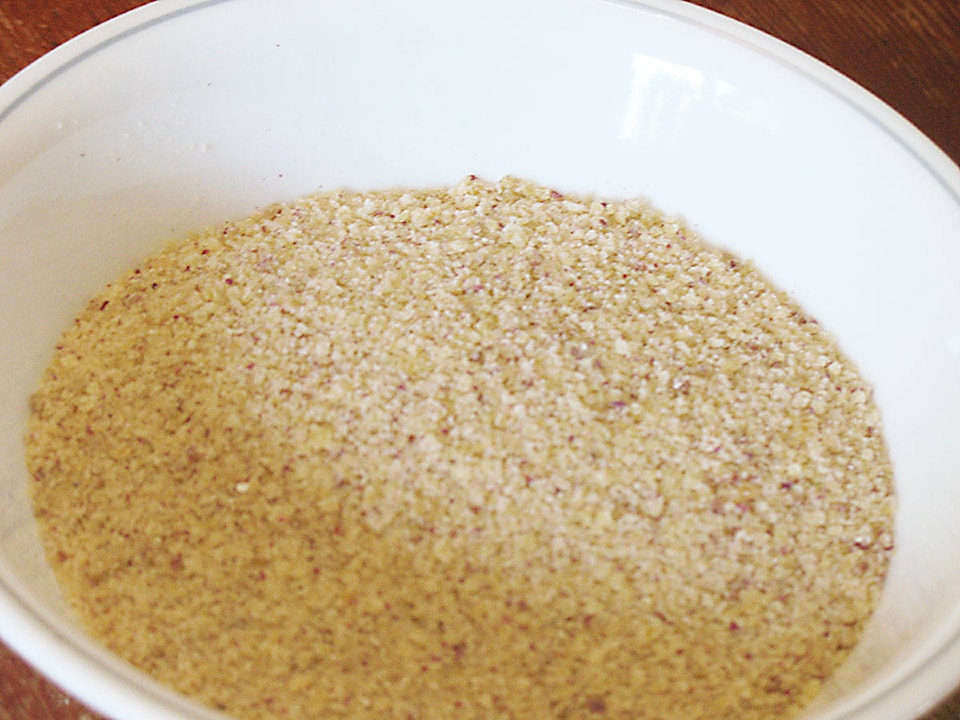By Mary Lowther
Potatoes have been much decried by nutrition pundits who used peeled potatoes for their research, declaring them to be too high on the carbohydrate scale to be part of a healthy diet. More complete studies have since shown that when skins are included, potatoes are much lower on the carbohydrate scale and are indeed good for us.
I knew it all along! I never stopped eating ground apples because I read that half the nutrients are located just under the skin, so I threw away my potato peeler.
When I harvest potatoes it always feels like I’m digging up gold nuggets. My first crop in our new garden this year got burned in the recent heat wave and never flowered, so I had concerns but was pleasantly surprised to find so many robust survivors when I went prospecting last week. I hit the motherlode! Now that I have a bumper crop, I’m hunting down what previous farmers have done with their surplus, starting at the source.
Earliest knowledge tells us that potatoes were first cultivated by the Inca in the Andes. If anyone knew how to store potatoes, I thought, they should. Sure enough, the Inca developed a way still used today to dry potatoes they call “chunos”. They wash the potatoes and spread them outside overnight where frost breaks the cell walls and when they thaw in the sun the next day they have softened enough to be stomped on, squeezing the water from the potato. After five or six days the potatoes are peeled and dried in the sun for a few more days, during which time they are turned regularly. Perhaps in the winter if my potatoes freeze I can try the Incan method, but until then I had better find other methods.
David wants to use some for the potato gun he bought to discourage the larger rodents, but I didn’t raise my spud to be a soldier. I’ve sorted out the potatoes so that the best ones will go into storage in a cool dark room where sunlight can’t turn the skins green and harmful.
The Irish subsisted on potatoes and milk, providing a complete protein, augmented with whatever fish, berries and foraged foods they could find until a potato blight destroyed the harvests, resulting in what is now called “The Great Famine.” Tens of thousands died, and more simply fled starvation to the uncertainty of the New World. Who can blame them? I have seen the blight in Victoria but not here, so I’m continuing to add mineralized fertilizer to my soil in hopes that if the blight does reach our lofty garden, our potatoes will have enough resilience to remain healthy.
I’m going to try to save the very small potatoes for seed next year, depending on how well they survive the winter in my admittedly less than ideal storage conditions in the basement. David insists we should save all the .45 calibre ones in case the elk return.
I’ll try my hand with making potato flour, following a recipe I found on the internet: cook them in boiling water, drain and mash them, maybe use the food processor or blender to get them very well mashed, then spread the mash on a dehydrator tray and dry till they’re hard. Break them into pieces and pulverize in a blender till it turns into flour.
Potatoes are so versatile that entire cookbooks are devoted to recipes using them, and I always include the skins. Here’s one David actually likes:
Recipe for stuffed baked potatoes:
2 large potatoes
¼ cup milk
1 T. butter
1 T. chopped chives
½ tsp. salt
1 sausage with casing removed or two strips bacon
2 oz. shredded cheese
grated parmesan cheese (optional)
Bake potatoes until soft (about 1 hour at 350 F). Meanwhile, cook, drain and crumble sausage or bacon. While potatoes are still hot, cut in half. Scoop out inside into a bowl, leaving 1/4 inch thick shell. Mash flesh. Add everything else except parmesan and mash into potato flesh. Scoop back into potato shells and sprinkle with parmesan if you like. Bake at 400 F for 15 to 20 minutes or until hot.
I serve this with a green salad for dinner. David never complains, at least not about that. That’s why Murphy created umpires.
Please contact mary_lowther@yahoo.ca with questions and suggestions since I need all the help I can get.
